The climb in the Piedmont region of northwest Italy has never been graced by the Giro d’Italia, mainly because the road leads to a dead-end. The pass peaks at an altitude of 2,612 metres, yet the Giro stops at 2,247 metres. Which is hard enough with an average gradient of 5.9%, a steepest ramp of 14%, and a distance of 20.3 kilometres.
The race starts in Pinerolo and the Colletta de Cimiana is included as a warm-up climb with its peak at kilometre 16.6. The route continues to the foot of Colle del Lys. Beginning at kilometre 35, the ascent amounts to 14.9 kilometres while the average gradient is 6,4%.
The Lys was included in last year’s Jafferau stage, in which Chris Froome launched his winning attack on the maglia rosa, but tackled from another side.
The second climb is tough. Its steepest ramp sits at 14% and is hidden somewhere in a 2.5 kilometres section with an average gradient of 11.2%, which starts 2.5 kilometres up the mountain. The Pian del Lupo totals 9.4 kilometres of torture and the average slope is 8.7%. The last kilometre is the easiest one as it goes up at 5.5%.
The Pian del Lupo is crested with 62 kilometres out. The first 16 kilometres are downhill, the rest goes up. At first with fairly shallow gradients as the Nivolet tracks on the lower slopes along the edge of the Orco river. This section is non-classified, but it is far from flat either. Shortly after the riders move through Noasca (start of the official climb) a section at 10% appears and 4 kilometres up the mountain the ramp kicks up to 14%. This is just before a series of switchbacks hoists the riders away from the valley floor up the side of the mountain. The route climbs 3 kilometres at 8.7% before it flattens out for approximately 8 kilometres. The route moves through mountain village Ceresole Reale and heads to the grande finale. The last 5 kilometres of the final climb rise at 9.2%.
For those who have enough juice for a sprint at the top: the 100 metres run-in to the line slope at 3.7%.
The first three riders on the line win time bonuses of 10, 6 and 4 seconds, while the second intermediate sprint – at kilometre 162.6 – comes with 3, 2 and 1 seconds.
Another interesting read: results/race report 13th stage 2019 Giro d’Italia.
Giro d’Italia 2019 stage 13: routes, profiles, more
Click on the images to zoom
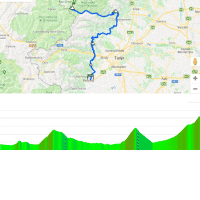
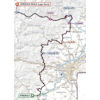
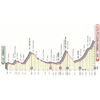
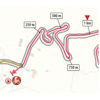
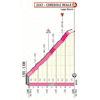


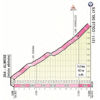
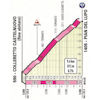
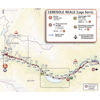
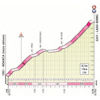
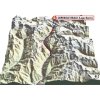




Bravo Primož in Jan. Kar tako naprej. Navijam za vaju!